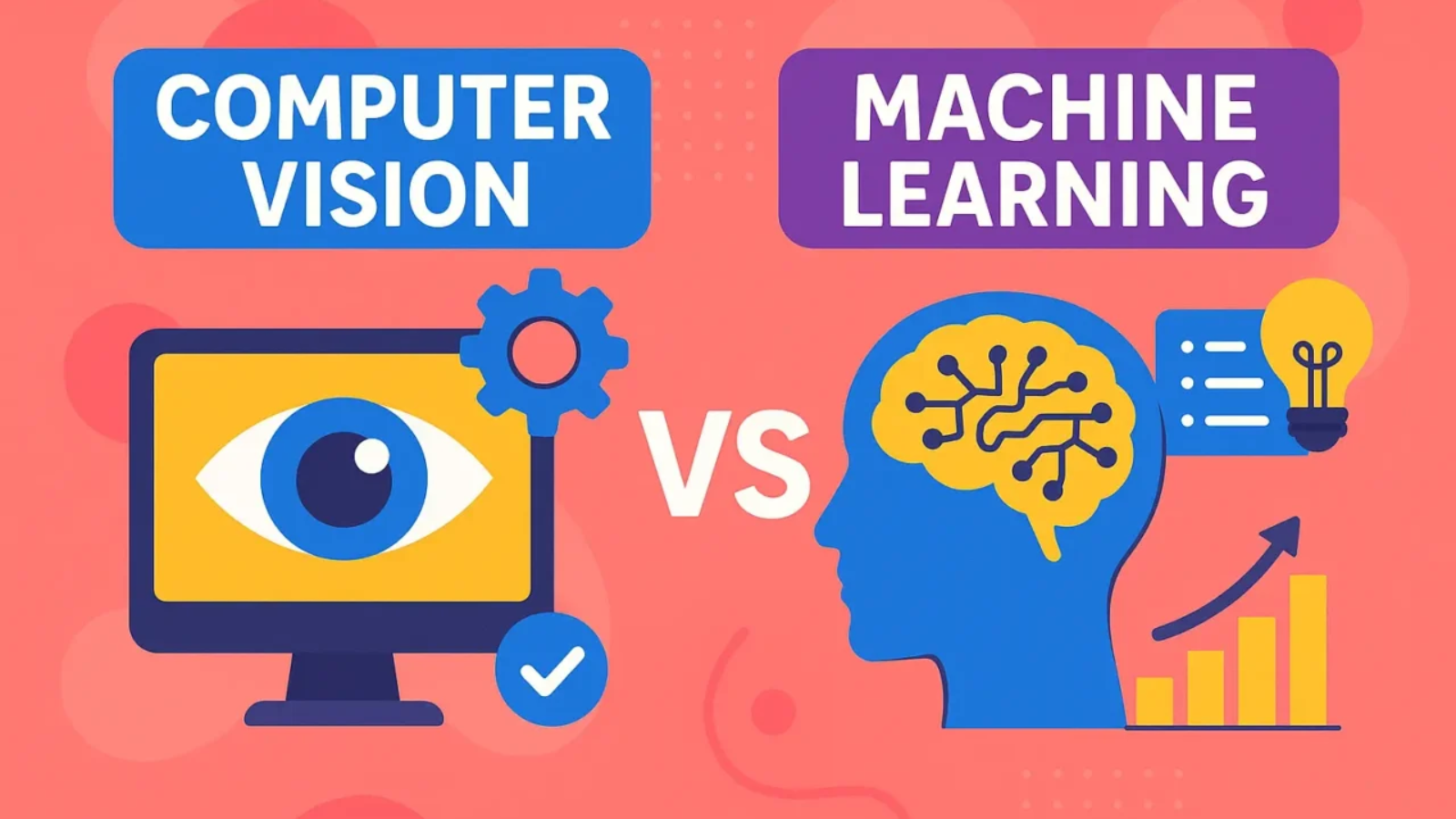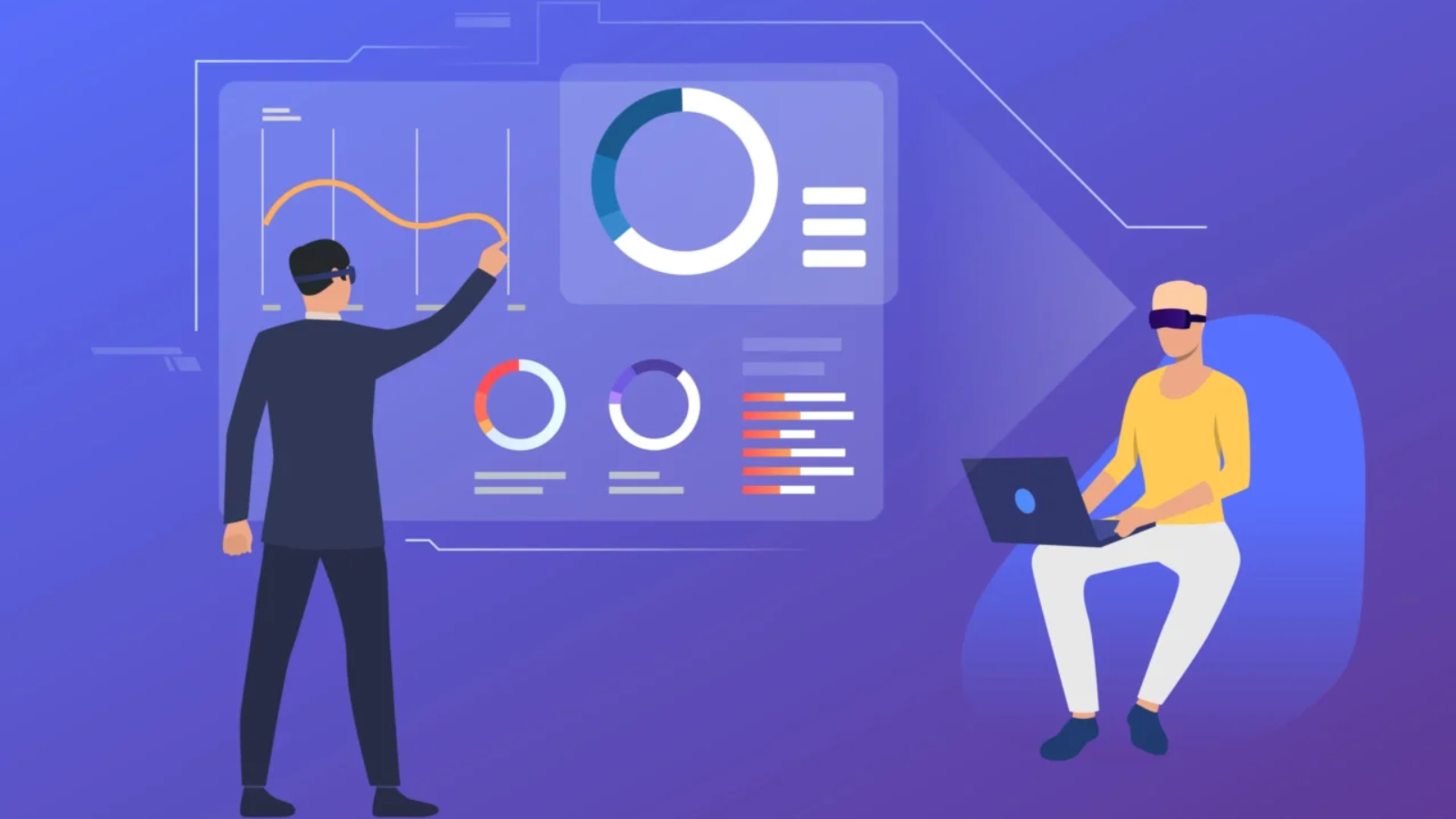Artificial Intelligence (AI) has undergone an incredible transformation and is no longer just a sci-fi concept; it represents the core of modern industries. AI is being widely used in healthcare, finance, supply chain management, and e-commerce sectors for decision-making, task automation, and marketing at a grand scale.
However, the growth of AI power has also been accompanied by its risks. There have been instances of hackers discovering new tricks to exploit algorithm weaknesses, mislead training data, and even tamper with model integrity. To tackle this problem, AI Security Posture has become an in-demand topic, which is basically a comprehensive plan for security check, enhancement, and upkeep in the AI domain.
Basically, your AI Security Posture is a measure of how securitized, resistant, and in a word, reliable, your AI setting really is. The concept reaches models not just being trained and tested but also those being deployed, then monitored, and finally protected from adversarial attacks.
Understanding AI Security Posture: What It Really Means
AI Security Posture is the readiness of a company to defend AI systems, AI-related data, and AI operations against threats from both within and outside the organization. It is a comprehensive model that attributes to governance, data accuracy, security tests, and risk management while ensuring that security is the key in every phase of AI tech development.
An effective AI Security Posture equips enterprises with the capabilities to:
- Continue data confidentiality and privacy.
- Avoid model manipulation and adversarial attacks.
- Upkeep transparency and ethical norms.
- Support the emerging AI governance regulations to be compliant.
To the point, it is the underlying referent for AI systems to be reliable, logical, and to have the strength to bounce back under any given scenario.
AI Security Posture goes beyond the traditional cybersecurity which mainly deals with IT infrastructure, networks, and endpoints. On the contrary, AI Security Posture addresses the protection of peculiar susceptibilities associated with machine learning models e.g., issues around training data, algorithmic fairness, and model interpretability.
Why AI Deployments Are Vulnerable
AI deployments are especially vulnerable to a different set of security risks than those affecting traditional systems. Let’s find out the most frequent threat sources that result in AI integrity breaches:
1. Data Poisoning
Artificial intelligence models rely on data, that is large datasets, to learn. When attackers purposely add misleading or harmful data in training datasets, the model will learn to generate false patterns and that will lead to biased or inaccurate outputs.
As an illustration, a fraud detection system that has been trained on poisoned data could be able to detect fraudulent transactions as legitimate ones.
2. Model Inversion and Extraction
By the use of reverse-engineering methods, the intruders can get hold of the confidential information that was used for model training or even imitate the model’s functionality. Besides, this allows stealing of the user’s private data and, moreover, intellectual property theft can be done as well.
3. Adversarial Attacks
Minuscule, unnoticeable alterations in input data, e.g., a couple of pixels that have been changed in an image, could trick AI systems to come up with wrong answers. The effects of this in autonomous driving or facial recognition can be quite serious.
4. Supply Chain Risks
The AI machines are usually a combination of several third-party software, APIs, and pre-trained models. Each of these parts may be the reason for the system’s weakness if the component is not properly checked or secured.
5. Governance Gaps
Improper management and lack of monitoring provide an environment for the models to depart, have low performance, or even be biased from ethical and regulatory standards thus, resulting in lost compliance and trust.
These risks highlight the importance of organizations treating AI security as a continuous effort rather than a one-time setup.
Key Strategies to Strengthen AI Security Posture
It is necessary to have layered and well-planned defenses to create a strong AI Security Posture. Here are some of the concepts that have been proven to raise AI safety at the stages of the development and delivery.
1. Create a Robust AI Governance Framework
A strong governance framework is the mainstay of AI security. This structure demonstrates how data is sourced, who can work with it, how models are educated, and how the final results are checked.
Some elements of AI governance being implemented effectively are:
- Policy Definition: Creating standards of ethical use of the AI, respect for privacy, and observance of the law.
- Access Management: You can keep the model from being viewed, altered, or executed only by the qualified personnel.
- Compliance Auditing: Monitoring of the compliance with rules such as GDPR is done regularly.
- Accountability Measures: The AI teams become responsible for each stage of implementation by means of assigning them the ownership.
The thought of governance makes sure that every decision-point from choosing the dataset to publishing the model is accountable and legal.
2. Prioritize Secure Data Management
It is hard to argue that data is the main source of AI, therefore it must be put under tight security.
Some of the best data security measures are:
- Allowing access to the data only through encrypted tunnels that can be established both in storage and during data transfer.
- Making use of data anonymization and differential privacy in order to prevent parts of the datasets from being traced back to individuals.
- Setting up robust version control that allows for seeing all the changes made to a dataset.
- Performing data integrity checks regularly in order to have a continuous monitoring system which is capable of recognizing occurrences in the data or unauthorized changes.
Thus, by investing in data governance, an organization significantly expands the base of its AI Security Posture.
3. Adopt Security-by-Design Principles
One of the main principles of AI is security that has to be incorporated into AI development right from day one and should not be considered later.
With the help of security-by-design, the developers can take the security issues head-on and plan ahead for it. This entails:
- Identifying the risk factors for every stage of the project via risk assessment.
- Strictly ensuring that the Data coming in is original & the Data going out is valid (Data input/output validation).
- The simplest mode of access restrictions (least-privilege) shall be applied to AI tools and APIs.
- Designing the models with the feature of explainability as well as auditability
By taking such a stand, organizations can be sure of the security of their AI models, even before the production phase.
4. Use Adversarial Testing and Red Teaming
There is no complete safety in any system unless it has been put to the test by simulated threats. In the same way, adversarial testing or AI red teaming means that the team tries to simulate real-life attack situations to find the cracks which can be exploited.
During red teaming:
- Data poisoning and model extraction operations will be simulated by the team.
- The model’s capacity will be evaluated with manipulated inputs.
- After having recognized the loopholes, they will confirm that these have existed in the system before the setting is done.
This style of testing helps the company to have a profound knowledge of the big AI threat world, thus they will be able to mitigate security breaches effectively.
5. Implement Continuous Monitoring and Model Observability
While traditional systems are stable, an AI system is dynamic. Models continue to grow and develop as data is collected, which can create new vulnerabilities in the process.
Establishing continuous monitoring ensures the AI system remains reliable, fair, and secure even after it is deployed.
Organizations should:
- Advocate adopting AI observability tools to monitor drift and performance anomalies.
- Identify and implement automated alerts when there are attempts to access the model and/or access the data in an abnormal way.
- Perform regular evaluations of model output for consistency in order to detect manipulation or bias.
- Document all interactions to provide forensic evidence in the event of a compromise.
Continuous monitoring helps turn AI from a “black box” into a transparent system that is traceable. It gives security teams real-time visibility into model behaviour, allowing AI Security Posture Management to have immediate metrics to address if something goes awry.
6. Conduct Periodic AI Security Posture Assessments
AI systems must undergo periodic security posture assessments, just like traditional systems undergo network audits to evaluate how well our defences are working.
A successful posture assessments includes the following:
- Evaluate the security of model vulnerabilities and patch accordingly.
- Evaluate data storage and handling concepts.
- Evaluate compliance with both organizational policies and regulatory compliance.
- Perform tabletop incident response testing for the identified AI threat. These evaluations offer quantifiable insights and measure the extent of AI security maturity.
They determine whether your current defence strategies are working, or if there are weaknesses that attackers can exploit.
By conducting these audits on a quarterly or bi-annual basis, organizations remain nimble, adaptable and aware of the changing risk landscape.
7. Implement Explainable AI (XAI) for Transparency and Trust
One of the most neglected pieces of AI security is trust. When users, regulators, or stakeholders do not understand how an AI model makes decisions, it becomes impossible to detect or demonstrate that the model was compromised.
That is where Explainable AI (XAI) comes in. XAI enables humans to follow how a model makes decisions—thus making it easier to identify irregularities or unethical behavior.
Explainable AI permits a stronger AI security posture due to the following reasons:
- it defines the conditions which would indicate tampering or data bias early,
- it allows for transparent audits for regulatory compliance, and
- it increases user trust and accountability
For example, suppose AI is used in credit approval, and suddenly the model begins rejecting credit applicants who should have valid approvals—the analyst can revert to the reasoning or form of the model to identify the reason for the change in outcome (i.e. faulty dataset, bias, or security incident).
Transparency is good for ethics, and it is good for defence too.
8. Enhance AI Supply Chain Security
The majority of AI systems are not constructed as standalone entities; these systems may pull on external datasets, pre-trained models, APIs, and open-source libraries, all of which contribute greatly to the accelerated development of innovation but concurrently poses risk.
Supply chain attacks, in particular, have become very sophisticated, to the point attackers will compromise a third-party tool or update, and use that to access the organization’s system.
Here are some suggestions for how to lock down your AI supply chain:
- Use third-party models only from verified and trusted providers.
- Consistently monitor software dependencies patches/updates.
- Where applicable, utilize digital signatures and code integrity verification for all dependent code and libraries that are imported into a project.
- Scan any new AI modules for vulnerabilities prior to implementation.
Taking measures to secure the supply chain to your model creates many layers of defence around the AI infrastructure. This also helps to protect the organization while protecting the organization’s user base from indirect threats to their confidential information.
9. Encourage Collaboration Between Security and Data Science Teams
At the end of the day, the most significant obstacle to a strong AI Security Posture is not technical—but organizational. A significant number of security incidents arise from data scientists and cybersecurity teams working independently of each other.
AI developers prioritize performance and accuracy, whereas security professionals prioritize compliance and risk mitigation. The lack of collaboration between these two groups tends to create divisions within AI systems.
The answer is cross-functional collaboration:
- Conduct jointly hosted security workshops for data engineers and AI engineers.
- Create shared dashboards for threat monitoring and model audits.
- Embed cybersecurity reviews into every milestone of the AI project.
Final Thoughts: Security is the Foundation of AI Innovation
In sum, a successful AI security posture is built on these elements—governance, data integrity, adversarial testing, explainability, and collaboration. Each of them is essential in achieving a comprehensive AI Security Posture.
When implemented all together, AI systems become a trustworthy, resilient part of our information ecosystem—rather than a high-risk, vulnerable tool.
In reality, AI security is not about security—it is about trust in technology that will develop the future. Organizations that prioritize AI security posture management will not only mitigate the risk of a breach that will be costly—but will also be leading the charge to deploy ethical, trustworthy, transparent AI systems.
Interesting Reads
Computer Vision vs Machine Learning: Key Differences and Use Cases
The Rising Importance of Intelligent Testing in Modern Software Environments






